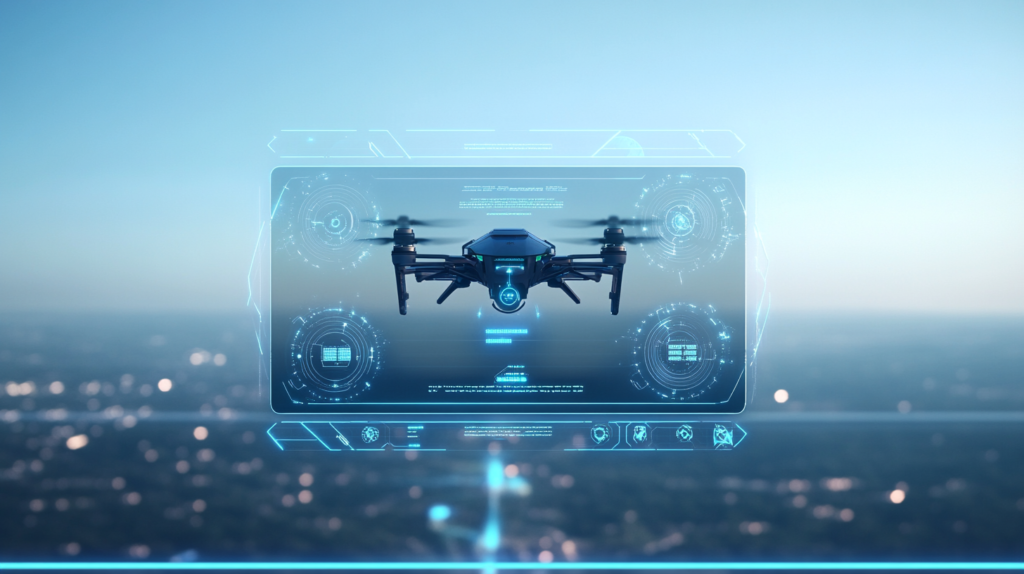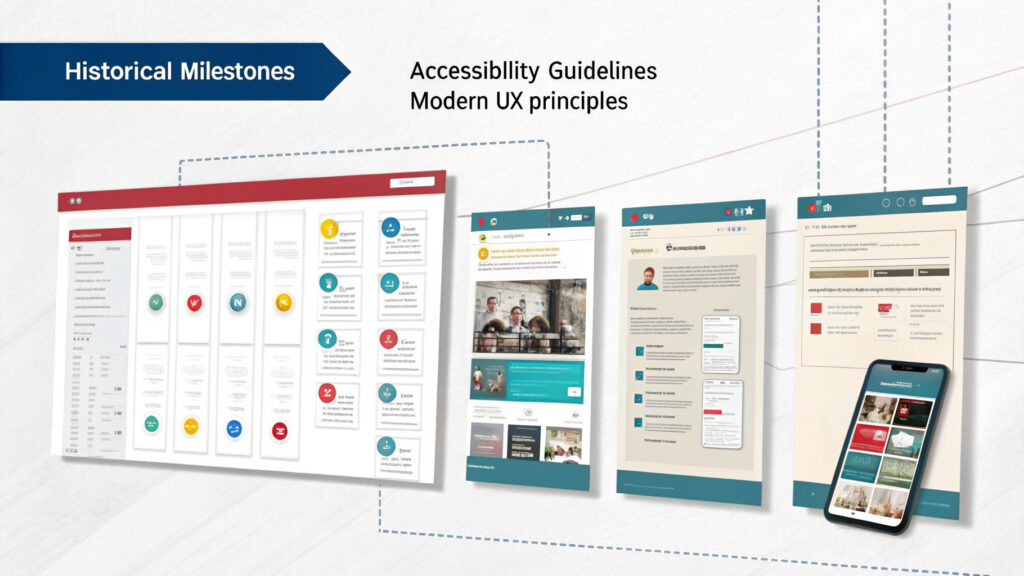
Drones are evolving beyond just delivering packages and inspecting infrastructure; they’re ready to revolutionize user experiences. Yet, controlling them often feels like a throwback to clunky 90s video games. The user experience (UX) in drone control is primed for transformation, with interfaces that need to be intuitive, efficient, and engaging. Let’s explore the future of UX in drone control interfaces.
Current State: The Ugly Truth
Presently, drone control interfaces are problematic. Physical controllers are cumbersome, mobile apps are confusing, and interfaces seem designed without consideration for real-world usage. Operators juggle multiple screens, joysticks, and buttons, reminiscent of a chaotic episode of “The Jetsons.”
The Vision: Simplify, Streamline, Succeed
Intuitive Design
First, interfaces must be intuitive. If flying a drone requires an advanced degree, the design has failed. Controls should be as easy as using a smartphone. With a control app, the primary screen should display a live feed from the drone’s camera, free of clutter. Contextual controls appear as needed—swipe up to ascend, twist two fingers to rotate.
AI-Assisted Control
Artificial intelligence can enhance drone control, making it smarter and safer. AI can assist with obstacle avoidance, flight path optimization, and automated missions. Imagine plotting a course on a map and letting AI handle the rest, from avoiding obstacles to weather adjustments, all while you supervise.
Voice Commands
Voice commands remain underutilized in drone control. If you can tell your phone to play a song, why not instruct your drone to return? Integrating voice commands such as “Take off,” “Land,” “Follow me,” and “Return home” can simplify operations and free up cognitive resources.
Augmented Reality (AR)
AR has the potential to transform drone control. With AR glasses, pilots can see flight data, obstacles, and waypoints overlaid onto their real-world view, eliminating the need to squint at a small screen. Complex maneuvers become more intuitive and accessible.
Haptic Feedback
Integrating haptic feedback can enhance physical controllers, providing tactile responses for various scenarios—like nearing obstacles or low battery warnings. This is akin to a sophisticated version of a gaming controller’s rumble pack.
The Human Element: Accessibility and Training
Inclusive Design
Accessibility should not be overlooked. Voice commands, customizable controls, and AR can make drone operation more inclusive. Innovations like one-handed controllers or eye-tracking technology can empower individuals with different abilities to fly drones.
Training and Simulation
A learning curve is inevitable, even with the best interface. Training programs and simulators can aid new pilots in mastering controls without the risk of costly crashes. Virtual reality (VR) offers immersive training experiences that simulate real-world conditions, akin to a risk-free flight school.
The Tech: Future-Proofing
Modularity
To future-proof drone technology, interfaces should be modular and updatable. Users should not need a new drone for each software update. Modular designs enable upgrades without a hefty price tag.
Cloud Integration
Cloud storage for flight data offers benefits like data analysis, sharing with other pilots, and troubleshooting. Cloud integration also enhances AI, allowing it to learn from extensive flight data.
Security
As drones become ubiquitous, security is crucial. Interfaces must incorporate robust security features like encryption, two-factor authentication, and biometric access to safeguard operations.
The Experience: Beyond the Basics
Customization
Customization is vital. Users should tailor interfaces to their preferences, from layout changes to sensitivity adjustments, ensuring flexibility and adaptability.
Community and Collaboration
A built-in community feature can promote collaboration and knowledge exchange. Forums, flight logs, and shared missions can cultivate a social and educational experience, allowing enthusiasts to share tips, tricks, and flight paths.
Conclusion: The Sky’s the Limit
The future of UX in drone control interfaces is promising. By emphasizing intuitive design, leveraging AI, incorporating AR, and ensuring accessibility, we can create a user experience as revolutionary as the drones themselves. It’s time to move beyond outdated interfaces and embrace a future where controlling a drone is as seamless as breathing. The sky’s the limit.


